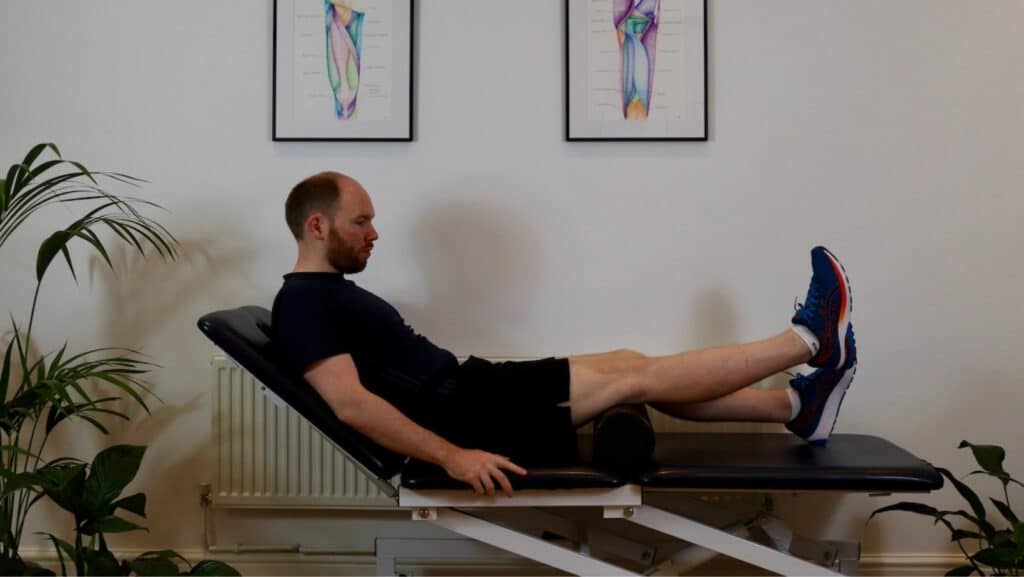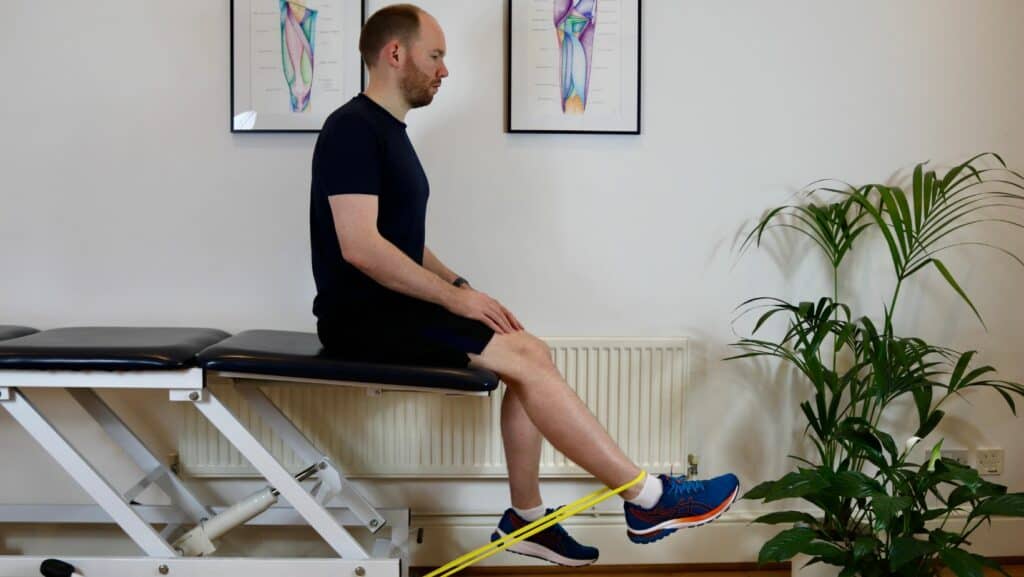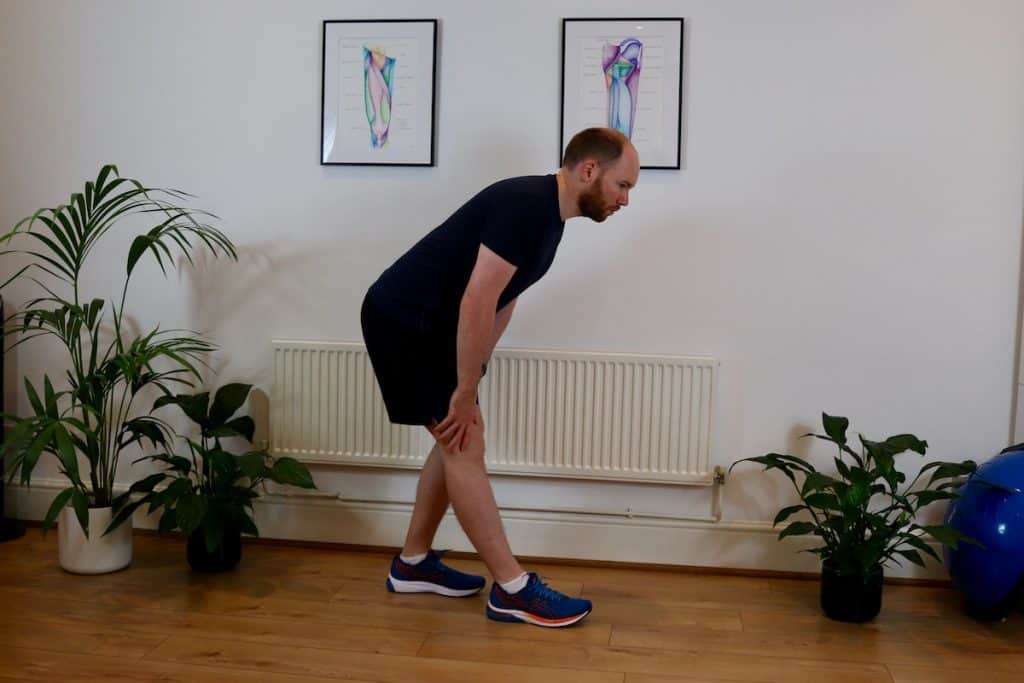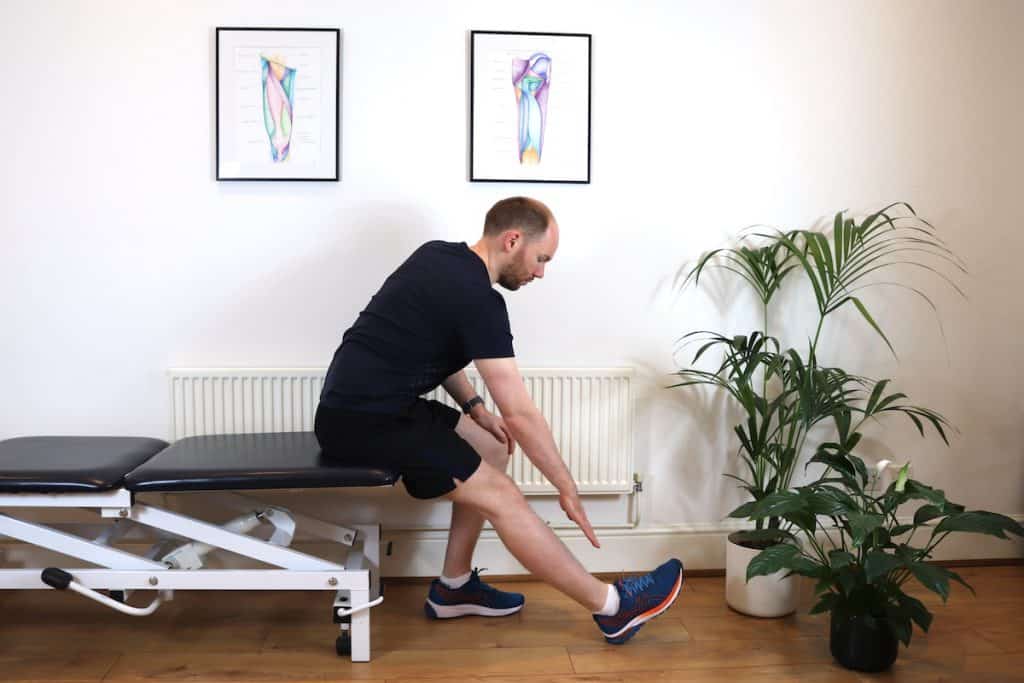Plica Syndrome
Read More >
Plica syndrome is a painful condition affecting the knee. The plica is a thin membrane inside the knee. It can become inflamed, thickened or fibrosed, from the trauma of an injury or surgery. In this inflamed, thickened or fibrosed state, it is more likely to catch or be impinged within the joint. This occurs when the knee bends or straightens.
As plica syndrome is an inflammatory condition, the treatment is therefore initially rest. This allows the inflammation to settle down. Conservative management is typically physical therapy. This can include massage as well as rehabilitation exercises and stretches. Ice is also a useful and natural pain reliever.
Plica syndrome treatment focuses on strengthening the quadriceps muscles. In addition, relaxing and stretching the hamstrings is helpful. Many different rehab exercises can be done to strengthen the quadriceps muscles. It is important to find the exercises that work well for you.
The action of the quadriceps is to straighten the knee. As the plica can be impinged when the knee is bent or straightened it is necessary to find an exercise that is pain free. Therefore, the angles and positions that you get pain, will affect your choice of exercise. Below are a few quadriceps strengthening exercises that you can try.
 Inner Range Quads
Inner Range QuadsThis exercise can be done with a rolled-up towel or foam roller under your knee. Push your knee down into the roller and straighten your knee, lifting your foot off the floor.
Hold for 10 seconds and repeat 6-10 times, rest for a minute or two, then repeat for up to 4 sets.
 Knee Extension
Knee ExtensionThis exercise can be done with a resistance band or using a knee extension machine. Push your ankle into the band to slowly straighten your knee.
Hold for 3-5 seconds, then slowly return. Repeat 8-12 times, rest for a minute or two, then repeat for up to 4 sets.
To relax and lengthen the hamstring you can have massage, use a massage gun or foam roller or do static stretches. Here are two positions that you can use to stretch the hamstring muscle. For both versions, keep your knee and back straight, bend from your hips and feel the stretch as the back of your thigh.
Hold for 45 seconds and repeat >3 times per day.


The plica is most vulnerable to impingement when the knee bends or straightens through 70-100º. Therefore, exercises should avoid this range, especially in the early and more painful stages.
Movements such as squats, lunges and high step-ups are likely to be painful. Knee extension can also be, but in the early stages it can be done as a static hold in a pain free position. This can then be progressed to a small arch of movement that is pain free.
This article is written by James McCormack, a Lower Limb Specialist who is an expert in treating Plica Syndrome.
This is not medical advice. We recommend a consultation with a medical professional such as James McCormack if you are experiencing any of the symptoms discussed in this article. James offers Online Physiotherapy Appointments weekly and face-to-face appointments in his London clinic.